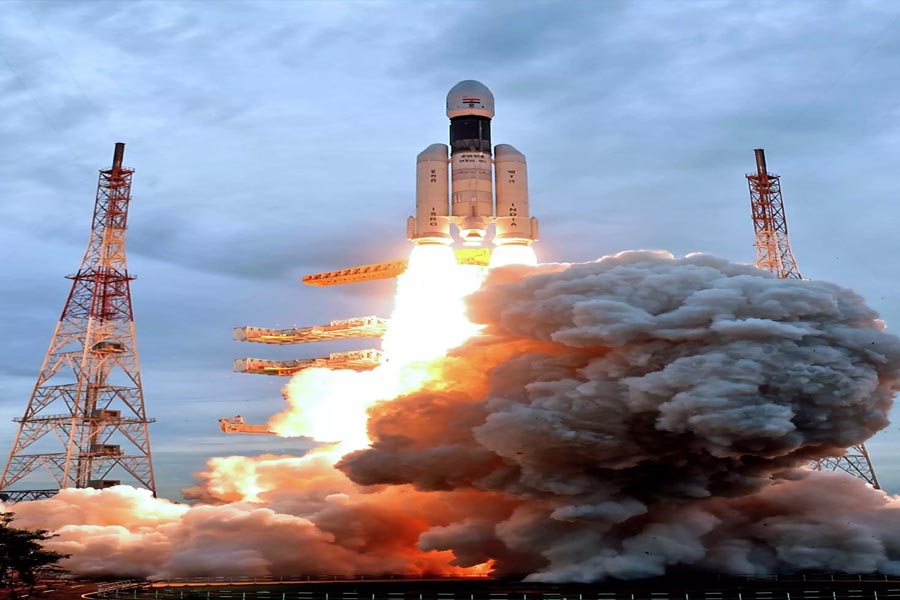After the moon, now preparing to reach the sun, learn about ISRO’s Aditya L1 mission

Chennai: The year 2023 can be termed as the year of interplanetary missions for the country’s space agency – the Indian Space Research Organization (ISRO). After the launch of Chandrayaan on Friday, ISRO’s next mission is of Solar Vehicle.
ISRO will send its coronagraphy satellite Aditya L1 on a Polar Satellite Launch Vehicle (PSLV)/rocket in late August to study the solar atmosphere. According to ISRO, the spacecraft will be placed in a halo orbit around the first Lagrange point (L1) of the Sun-Earth system. Around the L1 point, the satellite will be able to see the Sun continuously without any obstruction. The Aditya L1 mission is expected to take place days after ISRO attempted to land its lander on the lunar surface, carried by the Chandrayaan-3 spacecraft.
Also Read – Bamboo is becoming a source of prosperity for farmers and artisans
According to ISRO Chairman S. Somnath, the Chandrayaan-3 lander launched by ‘Bahubali’ rocket LVM3 is expected to land on the Moon at 5.47 pm on August 23. The European Space Agency (ESA) has said that it will provide tracking support for ISRO’s next interplanetary mission – the solar mission Aditya L1. Aditya-L1 is named after the Hindu Sun God and the future home of the spacecraft. Whereas L1 is the first Lagrange point of the Earth-Sun system. It will study several properties, such as the dynamics and origin of coronal mass ejections, ESA said. ISRO has also scheduled a flight to Venus – the Venus Mission – in 2024. Whether it will be a ‘night flight to Venus’ will be known later.
















